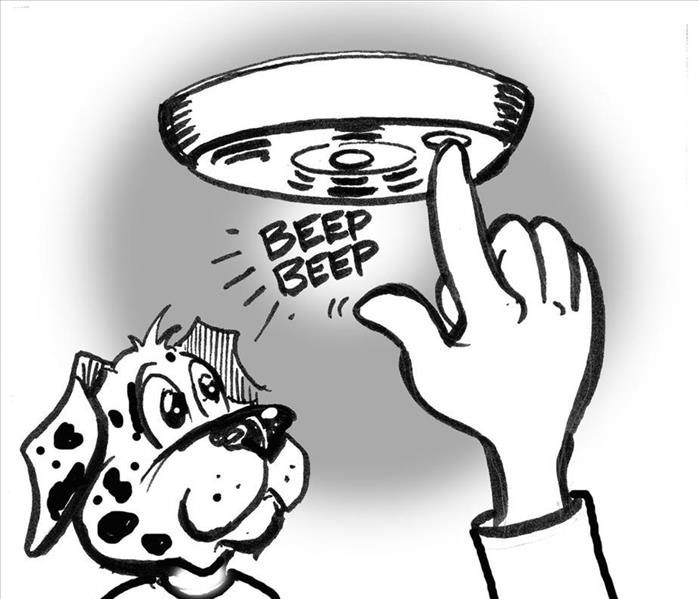Smoke Alarms In Homes Save Lives
11/29/2021 (Permalink)
When installed and properly maintained, smoke alarms can dramatically reduce the risk of injuries caused by fires. According to the National Fire Protection Association (NFPA):
Compared to reported home fires with no smoke alarms or automatic extinguishing systems (AES) present, the death rate per 1,000 reported fires was as follows:
- 35 percent lower when battery-powered smoke alarms were present, but AES was not,
- 51 percent lower when smoke alarms with any power source were present but AES was not,
- 69 percent lower when hardwired smoke alarms were present but AES was not, and
- 91 percent lower when hardwired smoke alarms and sprinklers were present
The National Fire Protection Association also recommends the following:
- Install smoke alarms on every level of the home and in every bedroom. Do not install the smoke alarm where it could be blocked or damaged.
- Smoke alarms should be installed away from the kitchen and shower to prevent false alarms. They should be at least around 10 feet from a cooking appliance.
Test smoke alarms at least once a month using the test button. - Replace batteries in all smoke alarms at least once a year, though twice would be best. Daylight savings times in March and November can be good dates to set for this.
- Replace all smoke alarms when they are 10 years old. Newer alarms on the market also offer carbon monoxide detection as well as voice alarms, which have shown to be more effective in waking children up.





 24/7 Emergency Service
24/7 Emergency Service
